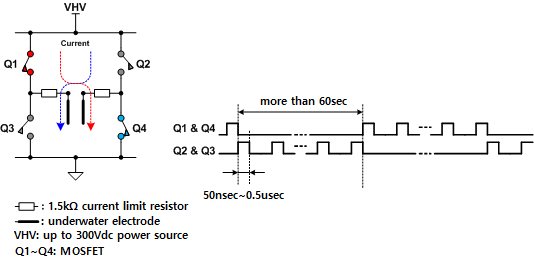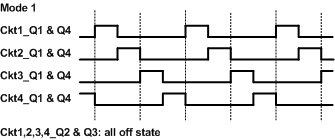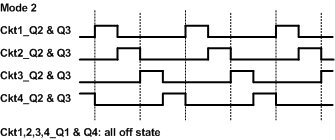Other Parts Discussed in Thread: TIDA-01159
Hi, everyone,
I would like to use the UCC21520 isolated gate driver to operate as shown below.
However, I can not control the high-side mos-fet because bootstrap does not work.
Please let me know how I can control this high-side mos-fet with UCC21520 (or a replacement).
Circuit attached with pdf file.
Thank you.






